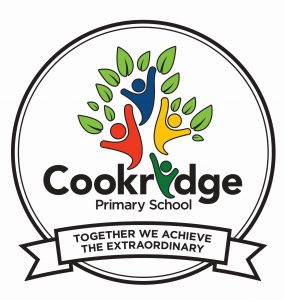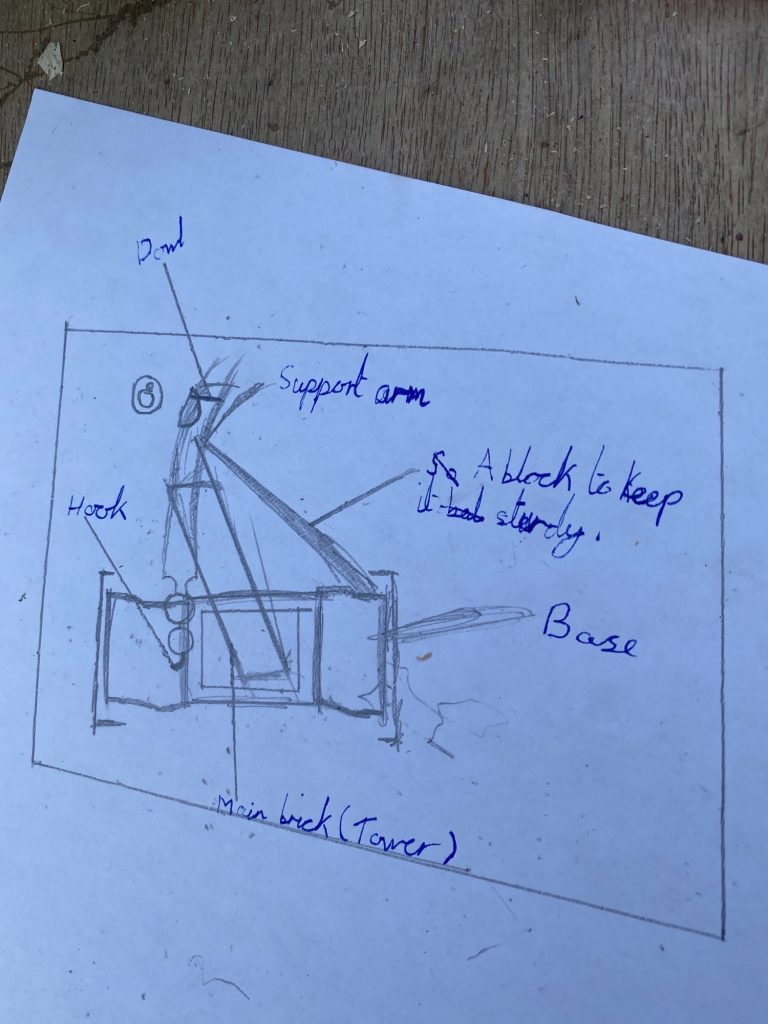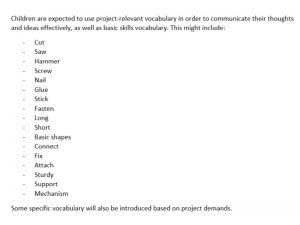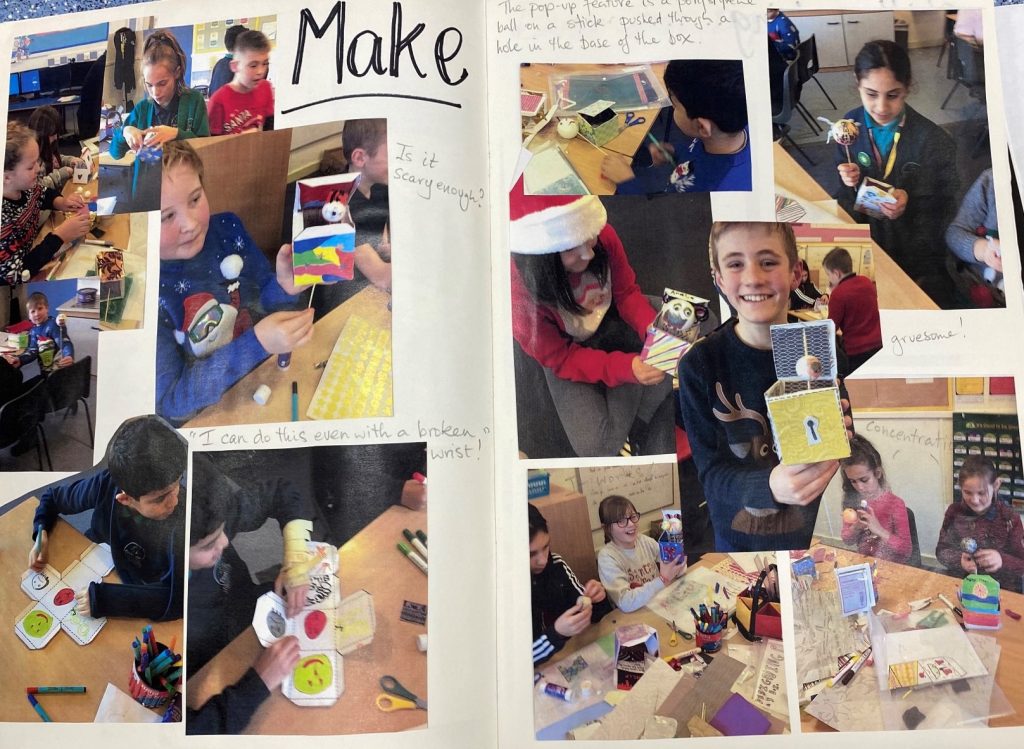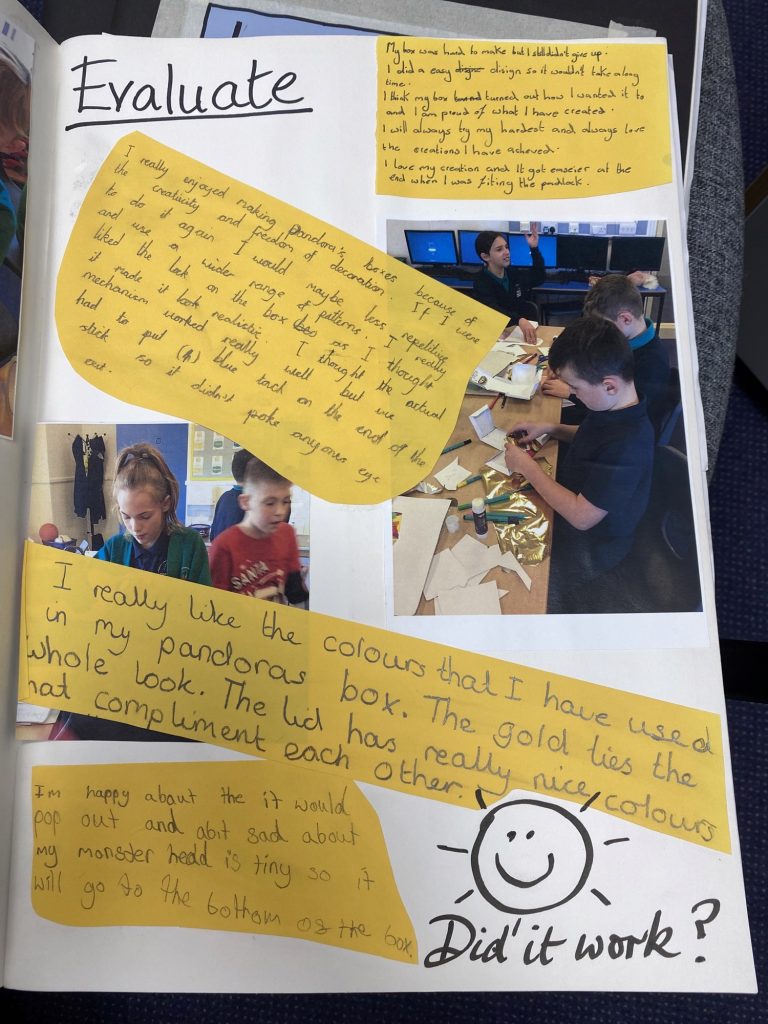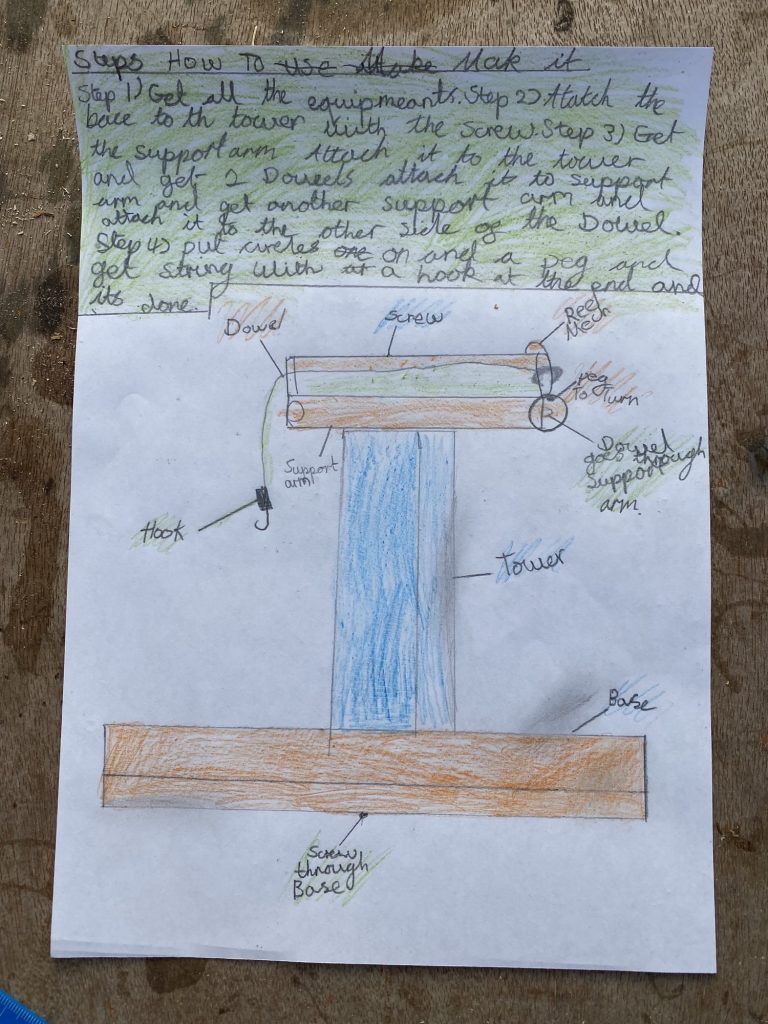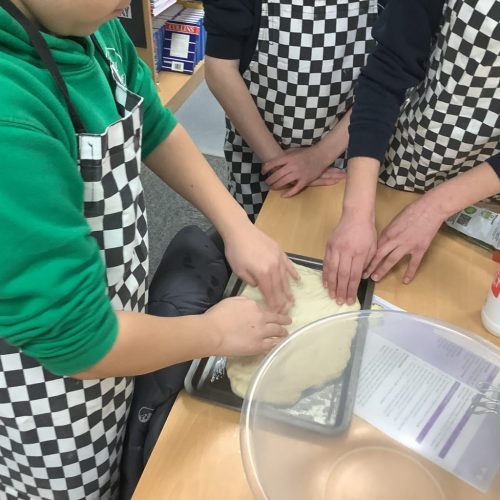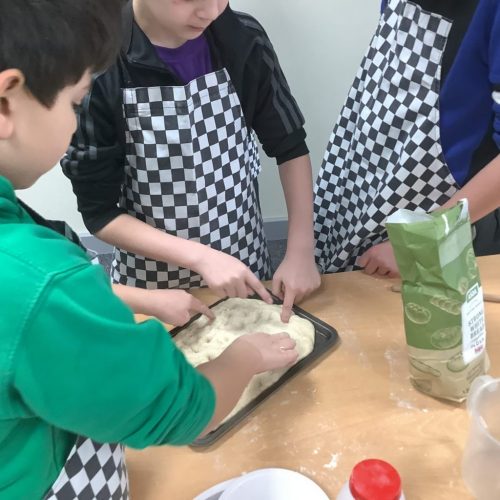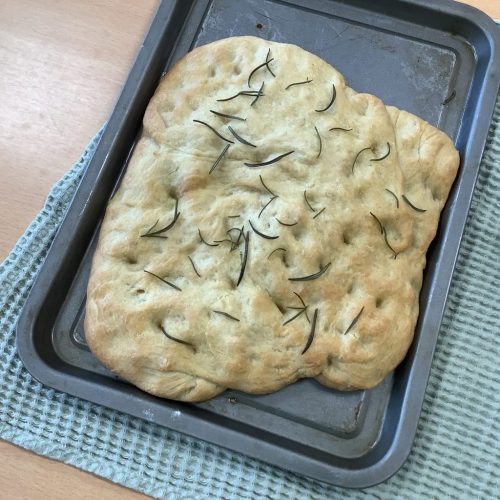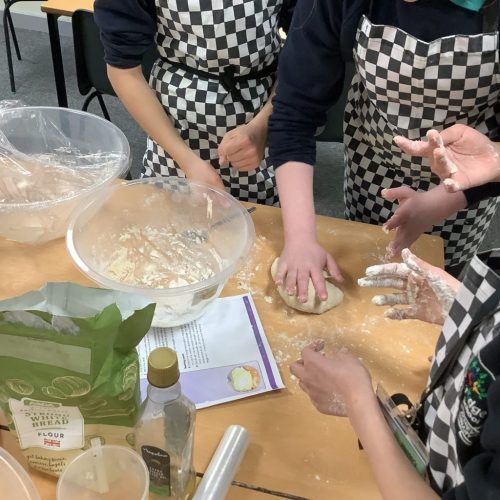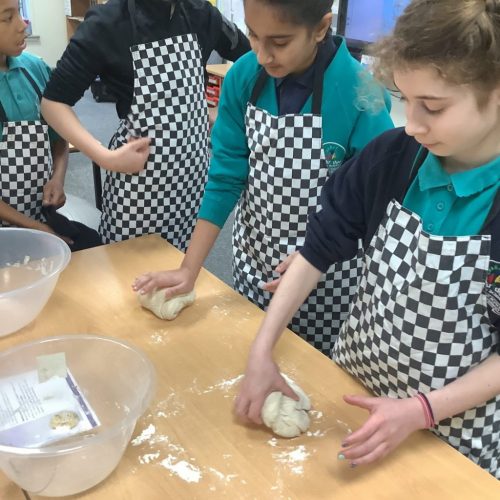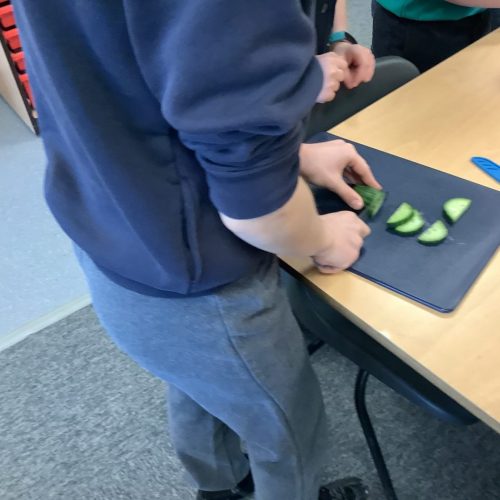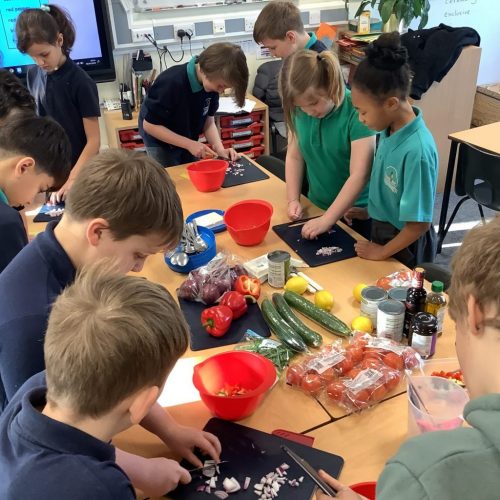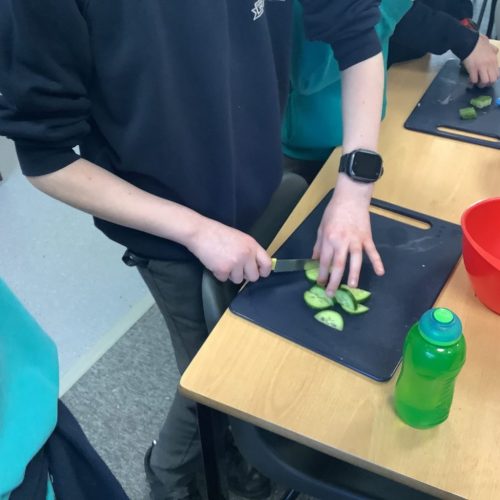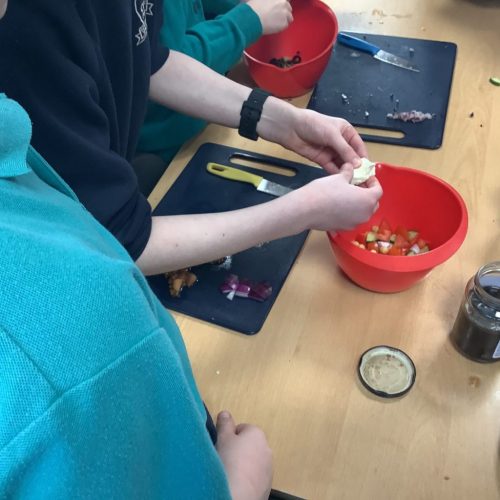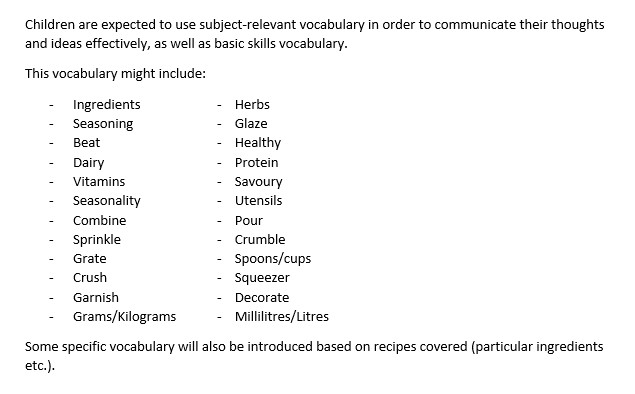| Children can: |
| Plan: |
| a |
independently plan by suggesting what to do next; |
| b |
with growing confidence, select from a wide range of tools and equipment, explaining their choices; |
| c |
select from a range of materials and components according to their functional properties and aesthetic qualities; |
| d |
create step-by-step plans as a guide to making; |
| Practical skills and techniques: |
| e |
learn to use a range of tools and equipment safely and appropriately and learn to follow hygiene procedures; |
| f |
independently take exact measurements and mark out, to within 1 millimetre; |
| g |
use a full range of materials and components, including construction materials and kits, textiles, and mechanical components; |
| h |
cut a range of materials with precision and accuracy; |
| i |
shape and score materials with precision and accuracy; |
| j |
assemble, join and combine materials and components with accuracy |
| k |
demonstrate how to measure, make a seam allowance, tape, pin, cut, shape and join fabric with precision to make a more complex product; |
| l |
join textiles using a greater variety of stitches, such as backstitch, whip stitch, blanket stitch; |
| m |
refine the finish using techniques to improve the appearance of their product, such as sanding or a more precise scissor cut after roughly cutting out a shape. |
